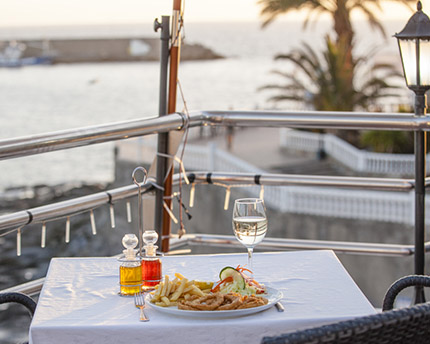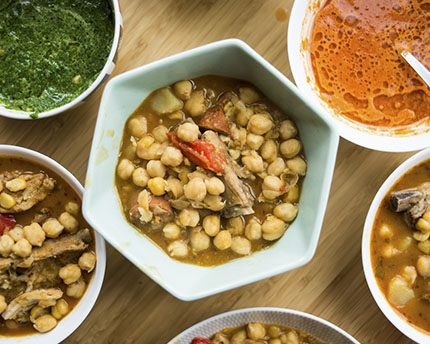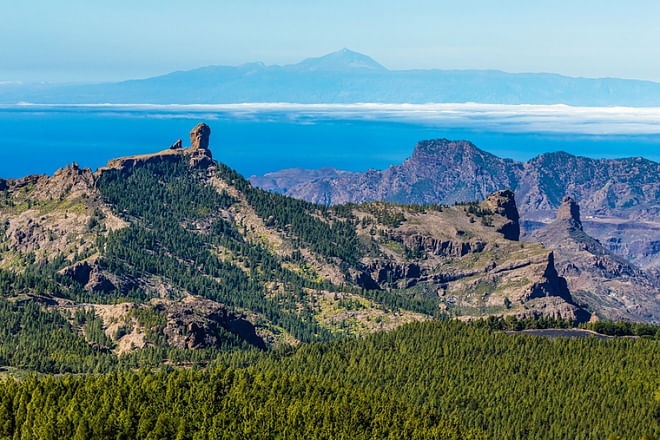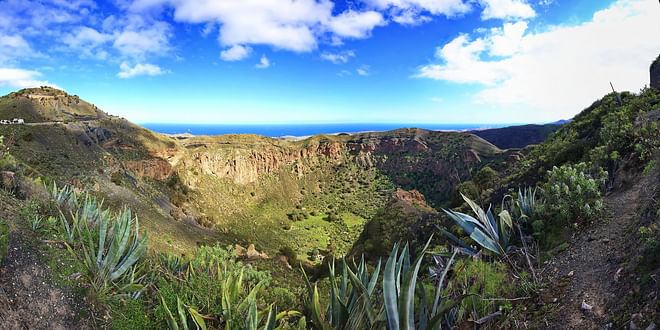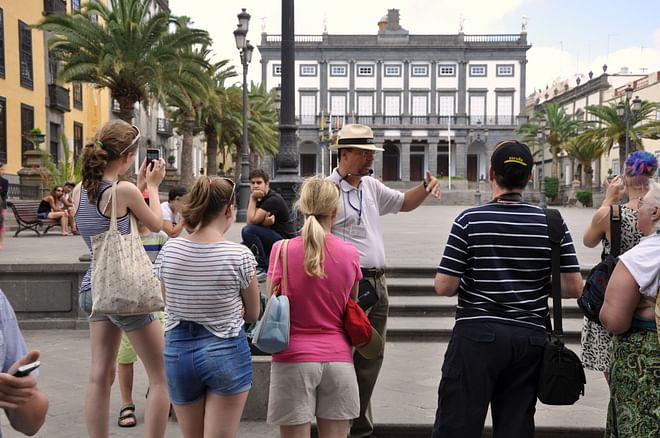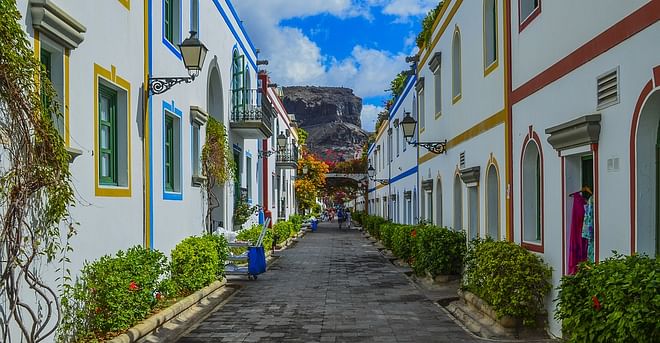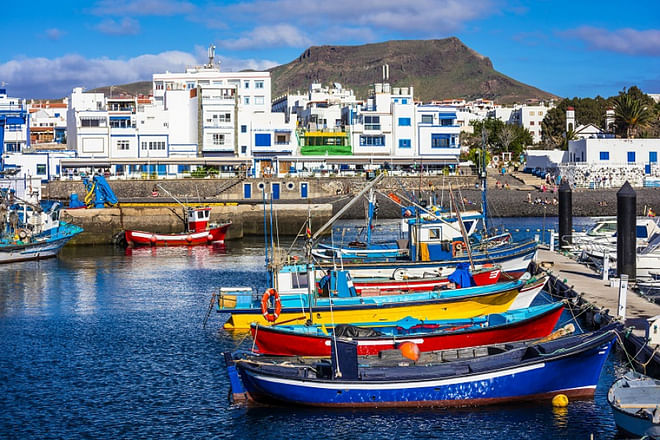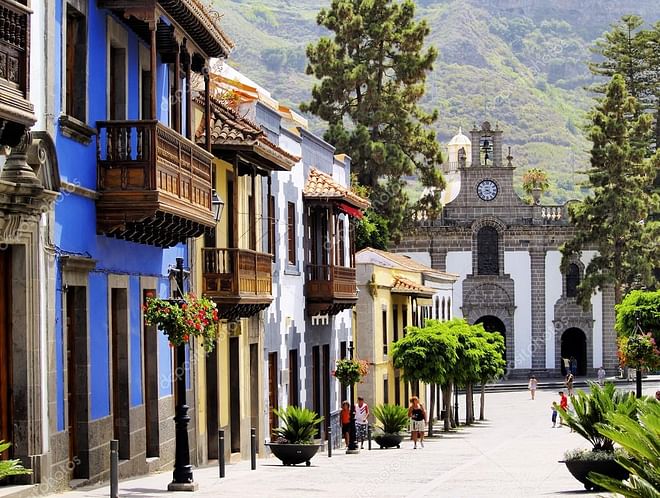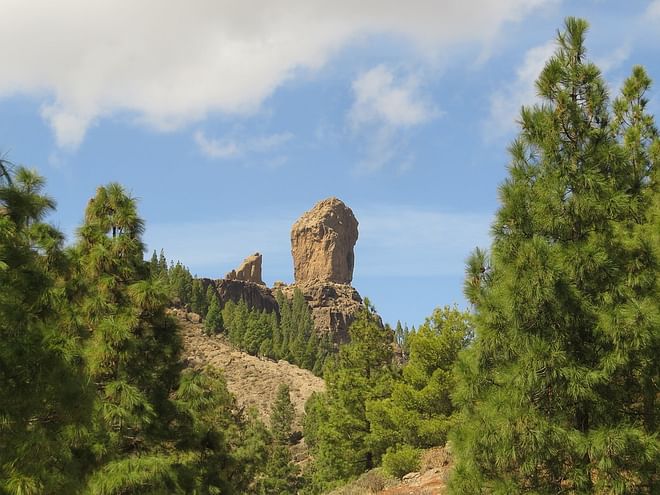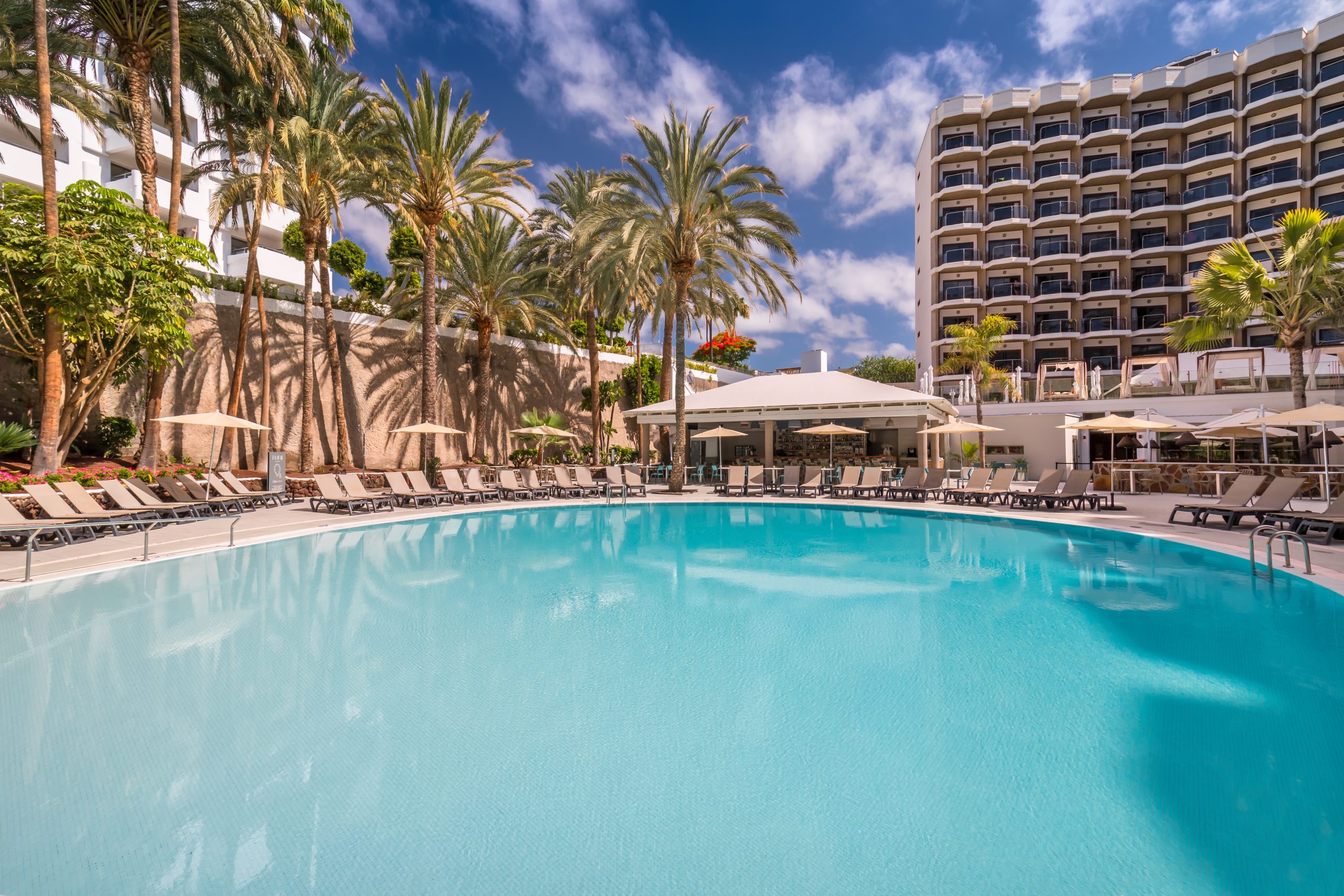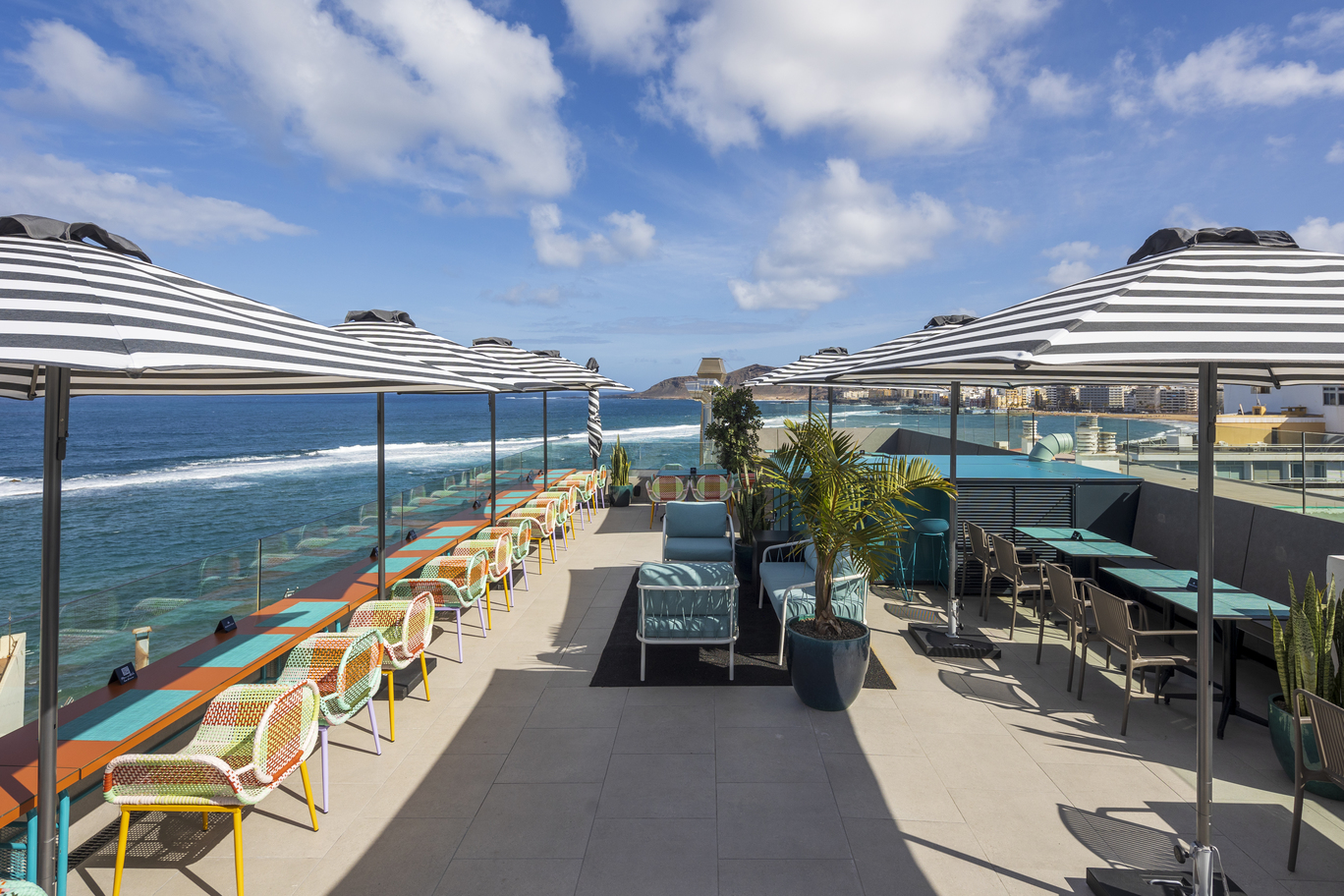There is no one cheese representative of the Canary Islands but several different varieties. While there are overlaps in how they’re produced and in the type of milk used, each island in the archipelago has at least one characteristic variety of cheese all of its own. Some differ greatly from the cheeses on neighbouring islands and even from one part of an island to another. For example, cheeses made in the north (where the environment is usually damper and leafier) are generally different from those made in the south (typically more arid) of any given island in the archipelago.
Many Canarian cheeses have Protected Designation of Origin status and all have unique sensory qualities that set them apart.
Canarian cheese: fried, grilled, cured with paprika, and more
Canarian cheeses are served in restaurants all across the islands and also make the perfect take-home treat. That said, bear in mind that production is limited, and you may have a tough time finding large quantities and a diverse variety in any one place.
Certain varieties of Canarian cheese are best enjoyed fried, griddled or grilled, accompanied by the mojo sauce that constitutes one of the most important components of typical Canarian cuisine.
Read on to discover some of the most popular varieties of cheese from the Canary Islands.
Majorero goat’s cheese
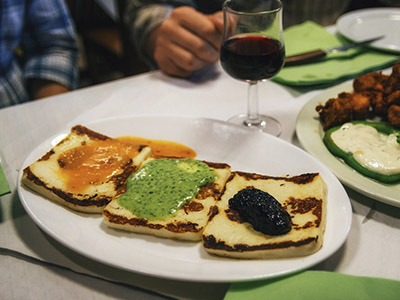
One of the most famous Canarian cheeses has to be majorero. Producers of this variety have won accolades in both national and international contests, including the World Cheese Awards – amazing given that majorero is produced on Fuerteventura, the Canaries’ most unique yet least well-known island.
What sets this cheese apart is that it’s made from the milk of the autochthonous majorera goat, although the Majorero Cheese Designation of Origin does permit up to 15 percent Canarian sheep’s milk in the recipe.
Majorero comes in soft, semi-cured and cured varieties. The last two may have a natural rind or be matured with a coating of paprika or toasted grain (a staple in many Canarian recipes). You can use majorero to create one of the most characteristic and authentic almogrotes (a type of mojo made from cheese) on the Canarian menu. The softer varieties are perfect for frying.
Most majorero cheese is consumed on the Canary Islands, and the climate conditions and landscape on Fuerteventura mean that production is fairly limited. Make sure you sample this delicacy when eating out, and don’t miss the chance to take one home if you come across a specialist shop.
Flor de Guía
The variety of cheese called Flor de Guía is one of the best the Canary Islands has to offer. Production is limited to three municipalities in the north-west of Gran Canaria: Galdar, Moya and Santa María de Guía. The cheese is named in part after the last of these three locations
and in part after the use of dried flowers (flor, in Spanish) in coagulating the milk, specifically two types of thistle that grow naturally on the island: Cynara cardunculus var. ferocissima and Cynara scolymus.
Available in full-fat or half-fat varieties, this cheese is made from Canarian sheep’s milk, though the protected designation of origin does allow producers to include up to 40% of other types including cow’s milk.
There are three varieties of Flor de Guía:
- Flor de Guía: The milk is coagulated with just the two types of thistle mentioned earlier.
- Media Flor de Guía: In this variety, the coagulating agent contains just 50% dried thistle.
- Queso de Guía: The coagulating agent in this variety may be of plant or animal origin.
All three are available semi-cured or cured. Whichever you choose, you’ll notice its distinctive bitter notes and creaminess.
Served on toast, the Flor de Guía cheeses make the perfect appetizer or segue into dessert. They’re also a great accompaniment to all manner of Canarian dishes.
Other cheeses from the Canary Islands
The cheeses we’ve mentioned so far are the most popular and famous varieties though there are countless other local cheeses to choose from. Here are a few you should definitely try during your holiday on the Canary Islands:
- Queso palmero: This characteristic smoky cheese is made with raw milk from autochthonous goats and you’ll find it on the island of La Palma. Some 26 cheese factories have Queso Palmero Protected Designation of Origin. It’s available fresh, soft, semi-cured and cured.
- Herreño: This cheese is made on El Hierro, the farthest out of the Canary Islands. It mainly contains goat’s milk along with a small proportion of cow’s and sheep’s milk. The cured variety with its earthy flavours is particularly tasty.
- Cheeses from Lanzarote: The cheeses on this island are made from majorera goat’s milk (like on neighbouring Fuerteventura). The curd is pressed rather than cooked – a technique that preserves much of the flavour and results in its characteristic texture.
- Cheeses from La Gomera: Like on the other Canary Islands, most of the cheeses here are made from the milk of autochthonous goats. The landscape and climatic differences from north to south on La Gomera result in cheeses with markedly different tastes.
- Montesdeoca: One of the best traditional cheese makers on Tenerife. It produces several varieties in addition to cheese-based products such as almogrote and a line of cheeses covered with toasted grain, paprika, cinnamon, oregano and other products. They’re well worth sampling.





























































